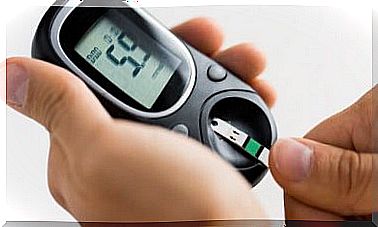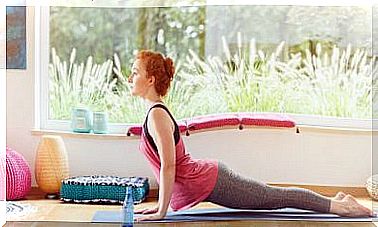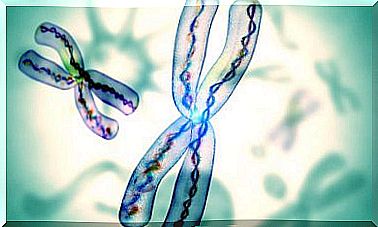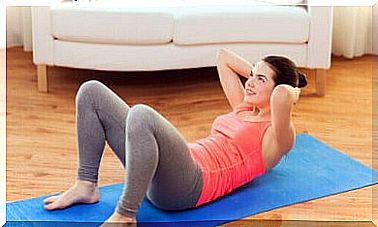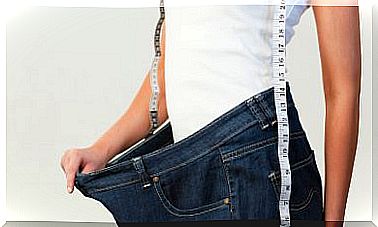How To Do A Breast Self-exam
The breasts or breasts are made up of a large amount of fatty tissue. During puberty they undergo changes in size and texture due to the action of hormones such as prolactin, progesterone, corticosteroids and growth hormone.
Considering their delicacy and the many changes they undergo, the breasts can experience many conditions. Many of which can be detected early with a proper physical examination.
To take care of your health properly, it is essential to go for regular check-ups. Anticipation is the most effective way to avoid illness.
In the same way, it is usually recommended to pay some attention to the changes that the body itself undergoes. Specifically, one of the ways to check the appearance of any breast abnormality is through a breast self-exam.
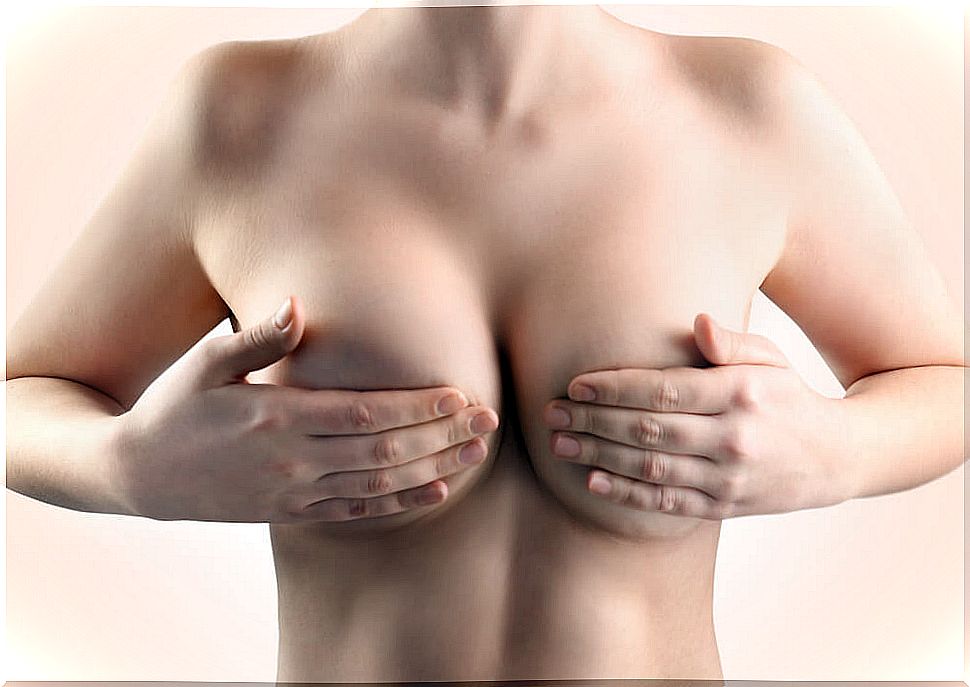
The delicate breasts
During pregnancy the breasts tend to become spherical and perky. They increase in size and darken the skin of the areola and that of the nipple. Small granular prominences begin to appear at the edges of the areolas, known as Montgomery glands. Corresponding to the development of sebaceous glands. Superficial veins are also seen due to increased circulation during this period.
However, the appearance of certain lumps, redness or sinking is not normal and that is why you should go to the doctor as soon as possible. How do you know? Very easy by doing a regular breast self-exam.
In this way, the possibility of detecting cysts and other benign breast problems and even cancer in time increases. Timely treatment can make the difference between mild medication and surgery.
How to do a breast self-exam
The best time to do your self-exam is 5 to 7 days after the start of your menstrual period. It is advisable to choose a fixed day each month if you have already reached menopause. The self-exam will help you get to know your breasts and notice any changes in them.
What do the breasts look like?
Start by analyzing their appearance, remember that each person’s breasts are different so start to know yours. Stand in front of a mirror with your arms relaxed on either side. How do your breasts look? You should look for changes:
- They have dimples or wrinkles.
- They have dents.
- The skin is too porous.
- There are variations in its shape, coloration and contour.
- The nipple is sunken.
Then you must vary the position of the arms always looking for changes in your breasts. Raise your arms above your head, place your hands firmly on your hips and finally lean forward from this position.
How do the breasts feel?
There is no reason to feel guilty or uncomfortable, they are your breasts and you must detect any changes in their texture in order to take care of them. Lie on your back, place a pillow under your shoulder corresponding to the breast to be examined, raise your arm, and put your hand under your head.
You are going to feel your breast with the other hand looking for lumps, pain, hardness. The pressure should vary so that you feel all the layers of the breast tissue.
Use the pads of the three middle fingers and feel the entire area in small circles. Also, move up and down from the outside of the breast. That is, under the armpit, to the center of the chest since the breast tissue extends throughout that area.
Also, look down and toward the collarbone. Notice what feels normal and what feels different since the last time you examined your breasts. Then the middle finger and thumb to gently compress the nipple and watch for any discharge. Do the same with the other mom.
Most women have some bumps, especially during adolescence. Therefore, you should look for irregularities, if you have any problem, do not hesitate to go to the doctor.
Diseases that the breasts can suffer
Most women experience breast changes at some point in their life. Which can be caused by variations in hormone levels, aging, and medications.
Due to all this, lumps and secretions of fluids that are not breast milk may appear. If you notice painful lumps or not, discharge or irritation on the skin of one or both breasts, consult your doctor.
Both serious and non-serious problems have similar symptoms, and remember, don’t panic, most breast problems are not cancer.
A self-exam is the best and most intimate way to take care of your breast health. To prevent diseases, it is advisable to avoid the use of tight bras, hormone-based creams and tight clothing. Eat properly, with little salt and plenty of fruits and vegetables. Take care of your breasts, take care of your health. And remember: do not hesitate to consult a specialist if you notice any abnormality.
